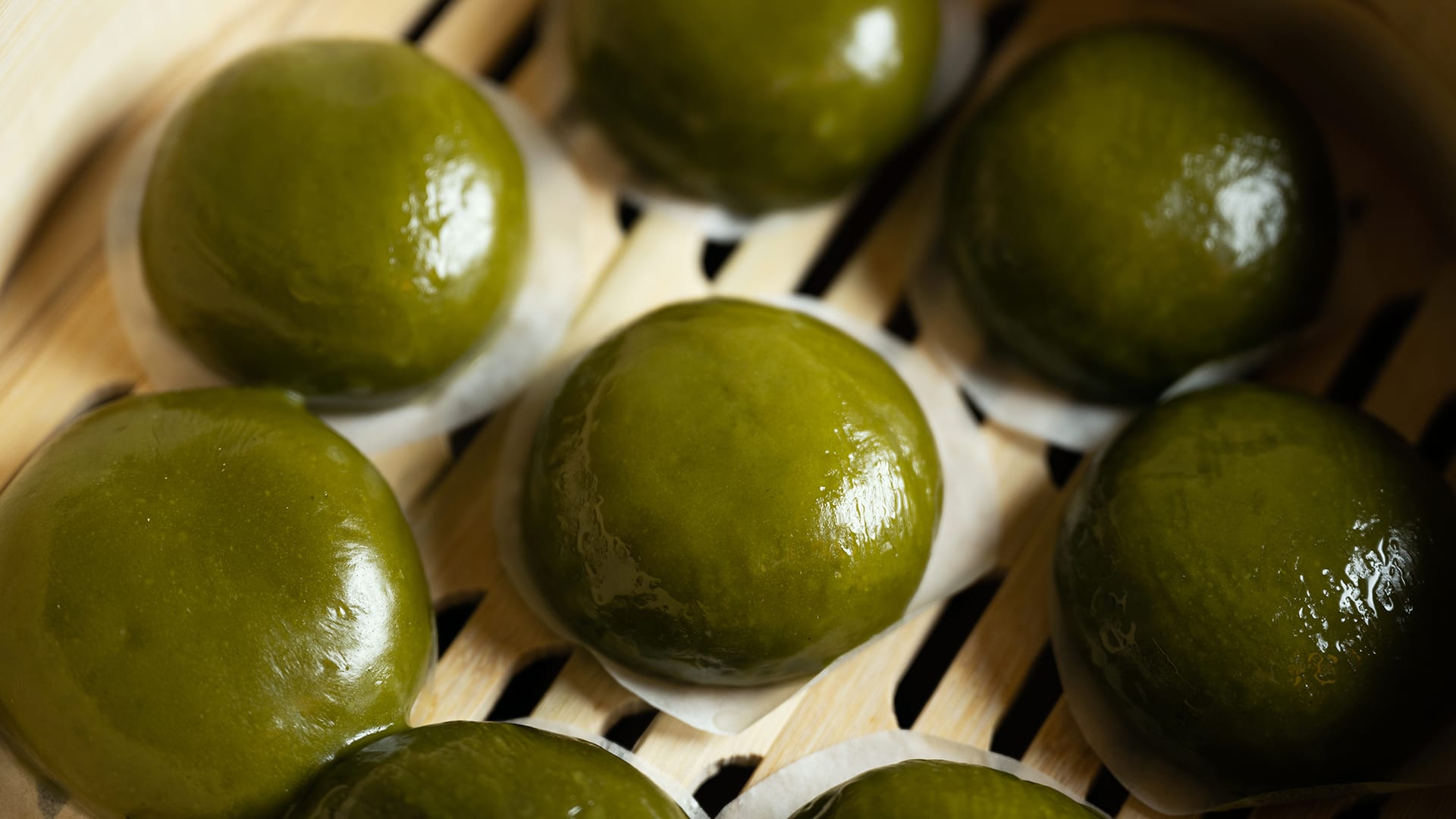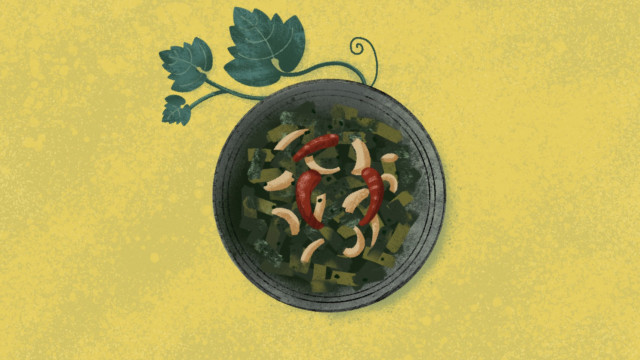Mugwort Dreams & Dumplings

I first fell in love with mugwort when I was still living in Los Angeles and learned to recognize its finger-like leaf with its forest-green color and silvery back. An herb in the daisy family, fresh mugwort has a distinct, perfumey aroma, like smoky lemongrass. I learned to recognize it over time perched near gullies and the edges of riverbeds in California. The more I became familiar with it, the more I realized it has always been in my peripheral vision. I just didn’t know it.
Botanical wisdom
Artemisia argyi is called aicao in Mandarin, and it’s a common ingredient in incense or mosquito repellent. Turns out, I grew up smelling it on trips to Taiwan and all throughout China. In outdoor restaurants, burning coils of it are put underneath tables to deter bugs. It’s also used in acupuncture; a cone made out of dried mugwort leaves is burned over a body’s meridians to stimulate circulation.
Native Americans in California used to stuff bouquets of it underneath children’s pillows to solicit good dreams, and I had read somewhere that the California varietal (Artemisia douglasiana) specifically can induce lucid dreaming. Because I wanted to have access to an ample source of mugwort without having to trek into the wilderness for it, I propagated a seedling years ago in my parents’ backyard. As a native plant, it grew easily — albeit slowly. But when it was large enough, I began to make tea with its dried leaves. The brew wasn’t psychedelic by any means, but sometimes it really would generate the wildest dreams where I could wake up in the morning and still feel the vivid splash of — for example — a waterfall on my face, and I could smell petrichor like it was hanging in the air of my room.
While Artemisia argyi doesn’t have the same intense, dream-inducing side effects as Artemisia douglasiana, it is often used in food. Found wild all over the world, mugwort’s appearance morphs depending on where it is. Sometimes its leaves are fat and wide, other times they’re dainty and elegant. In some places, they’re a dark muddy green, or they’re quite light — like a creamy matcha tea. The Chinese varietal is a lot less bitter than the California kind, and it can be ground into a juice and folded into supple rice dumplings stuffed with sweet red bean paste. It is a traditional temple food, offered to the gods as a token of gratitude.
A new mugwort recipe
I now live in Taiwan full-time and am far away from my beloved California mugwort bush. So in its honor, I bought the Chinese varietal to replace it, and its tenacity has been quite a pleasant surprise. In bone-dry Los Angeles, it took my mugwort three years to flourish into a proper bush. In Taiwan, it took just under three months. I planted it next to an adolescent citrus tree in my garden plot in the early summer and it outgrew the citrus immediately. I had to prune my mugwort bush constantly to keep it contained and regularly lugged boughs of it back home, unsure of what to do with all the excess.

For the longest time, all I did with my Chinese mugwort was tie it upside down and hang it up to dry, letting its aroma waft gently throughout the apartment with the hopes it was enough to deter mosquitos. But one day I decided to try my hand at mugwort rice dumplings. The snack is a lot like mochi, but with more of a sticky, taffy-like texture to it. I gave myself the extra challenge of using raw rice kernels instead of pre-ground rice flour, but the latter makes for an easy dumpling that’s still delicious. The natural savoriness of the rice shines through as an aftertaste. And the slight bitterness of the mugwort, which is reminiscent of sage, is lovely and balances out the sweetness of the red bean paste.
RECIPE: Mugwort Dumplings
Key Takeaways
- Traditional wisdom links mugworts to healing.
- It was believed to induce vivid dreams.
- Try new ways to add it to dishes.





